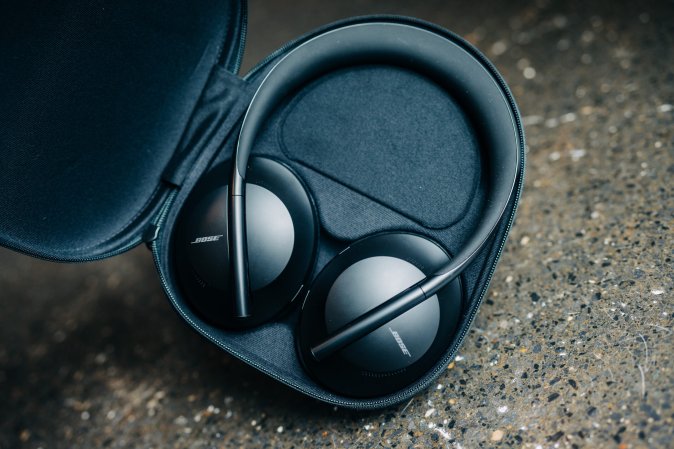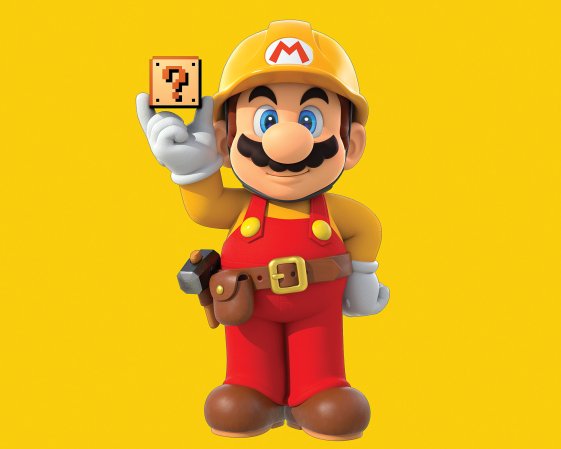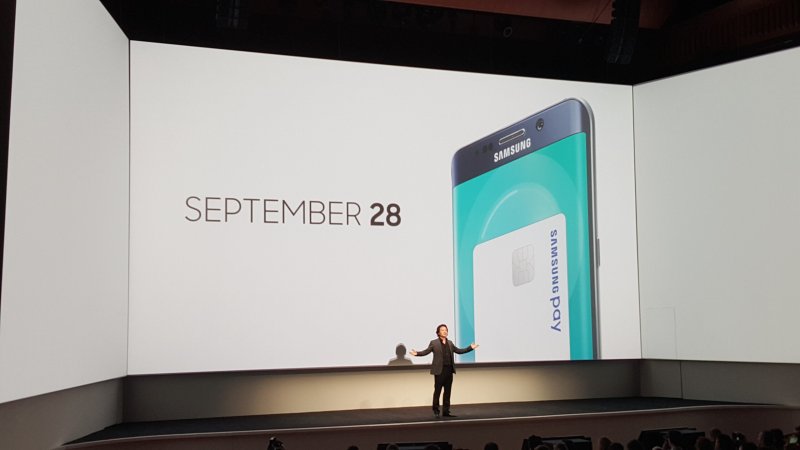

We may earn revenue from the products available on this page and participate in affiliate programs. Learn more ›
Dan Gauger is a distinguished engineer for Bose Corporation. Here’s his tale from the field as told to Claire Maldarelli.
I helped develop Bose’s noise-cancellation technology, which works by creating sound with the opposite waveform of what you’re trying to block. That means we have to catalog all sorts of clatter—from the ordinary to the very odd—in this world.
Whenever I am out and hear a weird noise, I record it. I have a couple of gigabites of these on my phone. In our lab, my team has a container lined with amplifiers and speakers—called the phunp box—that we use to play the tones, like the rumbles of trains and buses. This helps us make sure the products we design cancel the clamor.
But unexpected events happen. Once, a customer told us that he was wearing the Quiet Comfort 20s—our first in-ear noise-canceling headphones, which debuted in 2013—on a train in central Japan. As his car went into a tunnel, he heard something bizarre: a combination of a click, flack, and loud squeak. Or as he put it: “A bazooka went off in my ear.”
I was already in Japan for a work conference, so I rode through the same spot. In that location, it just so happens that there is a very tight gap between the tunnel and train car. That small space—less than 10 inches—might have forced air between the headphones and ears, and changed the acoustics in a way that the cancellation system wasn’t equipped to manage.
Our newer noise-canceling models can handle more stress, but strange incidents like this one might always pop up.
This story originally published in the Noise Winter 2019 issue of Popular Science.















